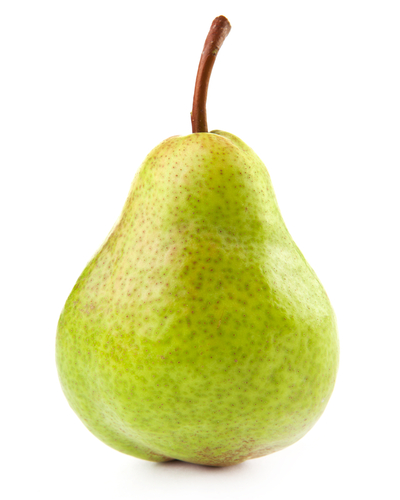Using semicolons and colons accurately can add different effects to your writing and demonstrate a sophisticated use of punctuation.
The semicolon (;) is a punctuation mark that is used in the following ways:
1. To separate two independent clauses in a compound sentence that are about similar themes. Here, it effectively replaces a conjunction in linking the two parts together.
The town was in chaos; looters filled the streets.
2. To separate items in a list when the items are long phrases as opposed to single words.
I bought shiny, ripe apples; small, sweet, juicy grapes; and firm pears.

The colon (:) is another punctuation mark which can enhance and improve your writing if used correctly. The common uses are as follows:
1. To introduce a quotation or list.
In Act 1, Scene 5, Romeo states: "Did my heart love till now? Forswear it, sight!/ For I ne'er saw true beauty till this night."'

The nightclub played many different types of music: rock, hip-hop, jazz, indie and even soul.
Note that a colon should only be used to introduce a list if the first part of the sentence makes sense on its own.
The nightclub played rock, hip-hop, jazz, indie and even soul.
In this example, a colon is not used because 'The nightclub played' does not make sense on its own.
2. To make a reader take notice of a point because it is on its own, or to reveal something to the reader.
We were all waiting for the hero of the evening: John.
The cat's fur was found in two rooms: the bedroom and the kitchen.
I know what's wrong with her: she's in love.
.jpg)
That was a lot of information to take in, so let's attempt ten questions to consolidate your knowledge!







